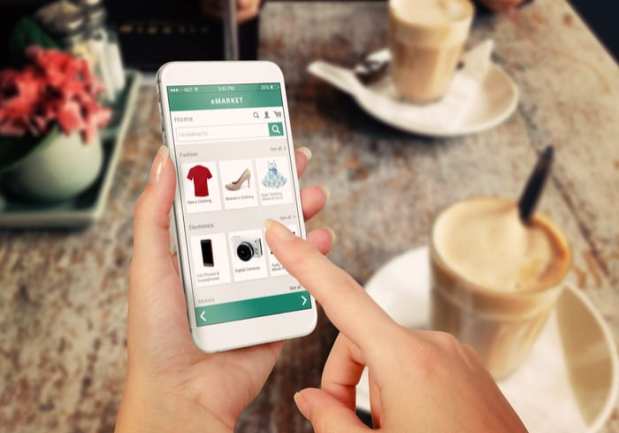Why More Than Six In 10 Shoppers Use Mobile Beyond Payments

To make purchases online and in brick-and-mortar stores, consumers are tapping into technology such as mobile phones and voice assistants. These devices have essentially become the connected devices of choice for a nearly constant connection between consumer and merchant.
Smartphones, in particular, are effective at changing browsers into customers. According to the PYMNTS Remote Payments Study, more than six in 10 – or 63.8 percent – of shoppers who made a payment remotely through a mobile device discovered their selections through browsing online. “This means that mobile devices – including smartphones and tablets, among others – represent the leading method consumers use to not only discover new products, but also pay for them,” the study noted.
From Jetson to Kohl’s Corporation, merchants and technology providers are tapping into remote payments technology for commerce. These are some of the ways these firms are enabling discovery and payments through smartphones and voice assistants in the mobile age:
About three in 10 – or 30.5 percent – of consumers shopped for their clothing purchases and paid via mobile. Kohl’s Corporation CEO Michelle Gass said in a fourth-quarter earnings conference call with analysts that the company brought a new mobile checkout feature to 150 brick-and-mortar locations. At the same time, Gass noted that investments in technologies such as buy online pick up in store (BOPUS) and its mobile app are “resonating” with customers while bolstering sales and traffic. Moreover, she said “mobile again represented the majority of our traffic growth at over 70 percent of digital traffic and more than half of digital sales.”
About 29.6 percent of consumers shopped for their mass merchant purchases and paid via mobile. Sam’s Club, for instance, has developed and is experimenting with an app that uses a camera for a mobile shopping experience by identifying products in consumers’ baskets instead of barcodes. The camera technology, which is tied to the firm’s Dallas innovation lab, represents what might be the “next level” in scan-and-go efforts. In a statement, Sam’s Club VP of Product and Member Experience Eddie Garcia said “at its core, Sam’s Club Now will be a technology lab that doubles as a live, retail club. It’s where we will incubate, test and refine technologies to help define the future of retail.”
Approximately one-quarter – or 24.6 percent – of consumers shopped and paid for their quick-service restaurant (QSR) purchases via mobile. Feedback, for instance, lets restaurants offer time-sensitive deals to diners, working with more than 300 restaurants with offerings ranging from cold-pressed juices to sushi and pizza. Customers can add a card or multiple cards during the onboarding process for payments. After consumers place an order with the service, they can receive a receipt to present to a cashier. The restaurant can either freshly prepare the food or hand the consumer food that has been set aside for her. Feedback uses a dynamic pricing model within the app to reduce waste and run a more efficient business with the goal of selling more food throughout the day.
Only 3.6 percent of consumers shopped for their QSR purchases and paid via voice. The Jetson app, for instance, guides consumers through each step of their restaurant orders. If a customer orders from Chipotle, for instance, the app will walk a customer through each step of building a burrito or a bowl for the first time by choosing rice, beans and a protein. When that consumer orders using the app for a second time, the system will remember the context of the order. The back-end of the service enables the merchant to upload their catalog to start selling their items. According to Jetson’s website, the company supports cross-platform payments.
And about the same share – 3.3 percent – of consumers shopped for their mass merchant purchases and paid via voice. In December, for instance, it was reported that H&M Home and Google teamed up for a holiday partnership. Shoppers could order goods from a catalog on their Google Home smart devices or heir smartphones using voice controls. H&M Home Managing Director Anders Sjoblom said, according to reports at the time, “This fast-growing technology is opening up new possibilities for the retail industry to inspire and interact with customers.” Sjoblom added, “We are excited to take the lead when it comes to shaping the voice commerce of the future, to try this new technology and to have our customers be part of this journey.”
From H&M Home to Feedback, merchants and technology providers are using mobile technology to reach customers. And, with this technology becoming the central part of consumers’ buying experiences, retailers that don’t harness it could miss out on reaching mobile-savvy shoppers.
